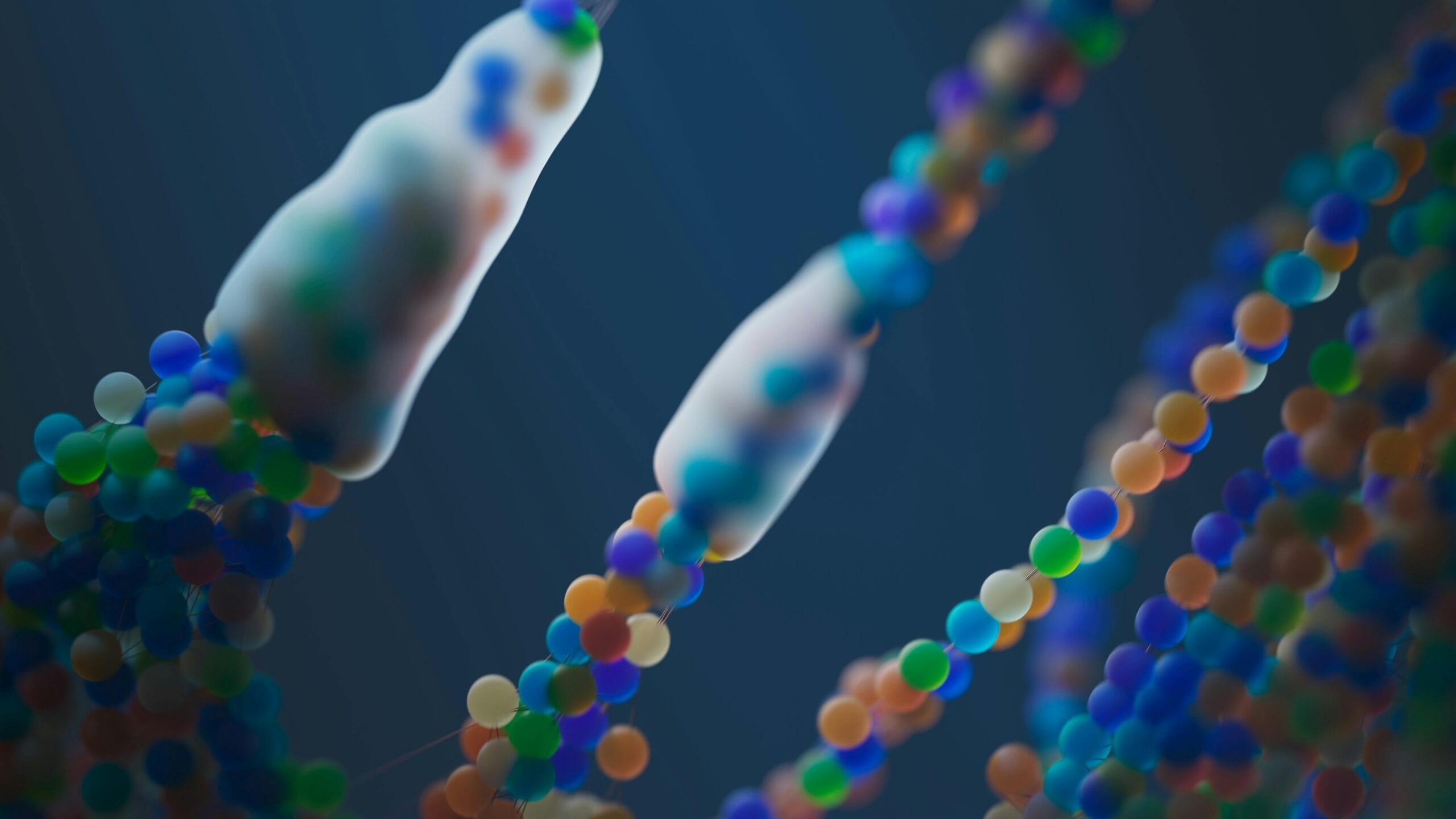
Imagine starting a family with hope, only to later discover your child is at high risk of cancer — not by fate, but by a failure in medical screening. This is the unsettling reality for dozens of families across Europe. A recent investigation has revealed that a sperm donor, unknowingly carrying a rare cancer-causing gene mutation, fathered at least 67 children — 10 of whom have already been diagnosed with various types of cancer.
This shocking revelation has raised urgent questions about the regulation of sperm donation, genetic testing protocols, and international family limits for donors. In this blog, we explore the story, the science behind it, and why this tragedy could change the fertility industry forever.
The Shocking Case: What Happened?
Between 2008 and 2015, a man donated his sperm to the European Sperm Bank, a major fertility organization serving families across Europe. At the time, the donor was considered healthy and passed all the standard screenings.
However, medical technology and knowledge have advanced since then. The donor was later found to carry a rare mutation in the TP53 gene, which is now linked to Li-Fraumeni Syndrome — a genetic disorder that significantly increases the risk of developing cancer, often at a young age.
Out of the 67 children conceived from his sperm:
- 10 children have already developed cancers, such as leukemia and non-Hodgkin lymphoma.
- 23 children have tested positive for the mutation and are at a high risk of future cancers.
What is Li-Fraumeni Syndrome?
Li-Fraumeni Syndrome (LFS) is a rare inherited disorder caused by mutations in the TP53 gene — sometimes referred to as the “guardian of the genome.” People with this condition are extremely susceptible to various cancers, often developing tumors in childhood or early adulthood.
Common cancers linked to LFS include:
- Breast cancer
- Leukemia
- Sarcomas
- Brain tumors
- Adrenal gland cancers
This syndrome is autosomal dominant, meaning that just one copy of the faulty gene — inherited from either parent — can pass it on to offspring. This makes it essential to screen for such mutations in sperm or egg donors.
Why Was the Mutation Not Detected?
The TP53 mutation was not considered a significant marker for donor screening when the sperm donations took place. At that time:
- The mutation had not yet been linked to such severe health consequences.
- Genetic screening technologies were not as advanced or widely used.
- Fertility clinics relied mostly on basic health checks, family history, and routine genetic tests.
Unfortunately, as science progressed, so did our understanding — but not in time for these families.
Responsibility and Regulation: Who’s at Fault?
The European Sperm Bank, which handled the donor’s samples, has acknowledged the incident but emphasized that they followed the protocols that were in place at the time. They also claimed to have a self-imposed limit of 75 families per donor, although this incident has sparked fresh debate about whether that number is far too high.
There is currently no unified international limit on how many children a sperm donor can father. Some countries have strict regulations, while others have none at all. This inconsistency allows such risks to be multiplied across borders.
A Call for Change: What Needs to Be Done?
This case has sparked widespread concern among medical experts, fertility clinics, and bioethicists. Here are some changes being demanded:
1. Improved Genetic Screening
More comprehensive genetic tests, including for rare mutations like TP53, should become standard for all donors.
2. International Family Limits
There should be a global consensus on the number of families a donor can contribute to, ideally far lower than current limits.
3. Stricter Donor Tracking
Countries and sperm banks must share donor data to ensure no one donor fathers excessive numbers of children.
4. Mandatory Genetic Counseling
Families using donor sperm should receive genetic counseling and be informed of possible risks, even if they’re statistically rare.
What Can Affected Families Do?
Families who have children conceived through donor sperm should:
- Consider genetic testing if they’re unsure about the donor’s medical history.
- Monitor their children’s health closely, especially if there’s a known risk like TP53.
- Connect with support groups and advocacy networks for Li-Fraumeni syndrome and donor-conceived individuals.
Final Thoughts
This heart-wrenching case is not just about medical oversight — it’s about real families facing unimaginable grief and anxiety. It is a powerful reminder that with fertility services, hope must be balanced with responsibility.
We must demand transparency, scientific rigor, and ethical standards in reproductive medicine. Only then can we ensure that future parents are not blindsided by preventable genetic tragedies.
Stay Informed, Stay Safe
If you’re planning to use donor sperm or eggs, ask questions:
- What genetic screenings are done?
- What is the donor’s family health history?
- How many children has this donor already conceived?
Knowledge is power — especially when it comes to your family’s future.
Have thoughts on this story? Share them in the comments.
Don’t forget to subscribe for more health, science, and fertility updates.





